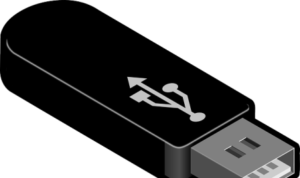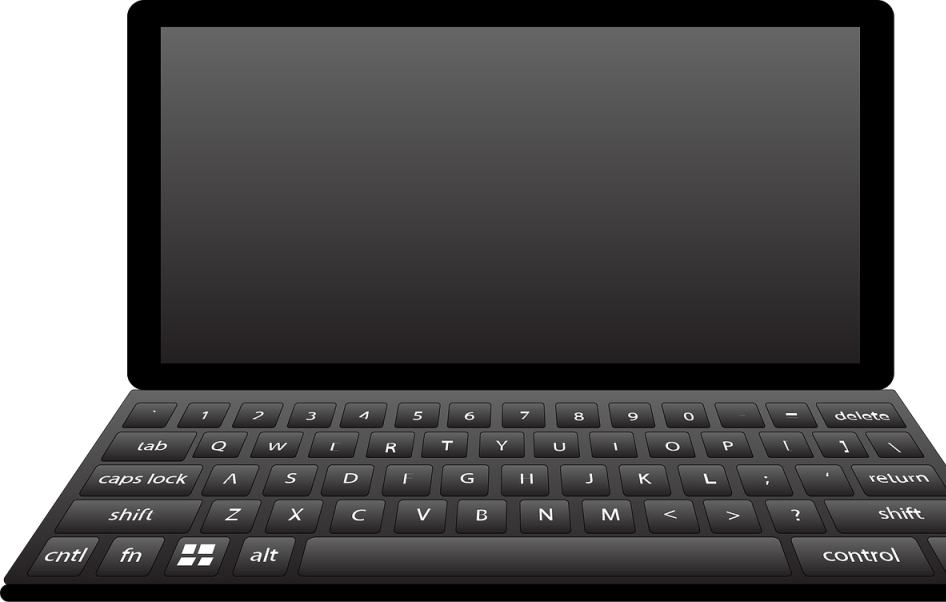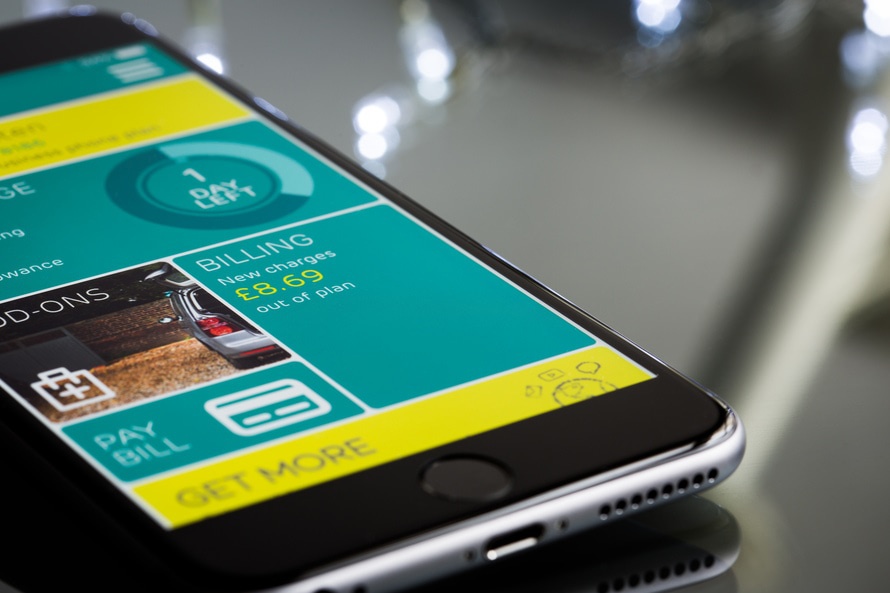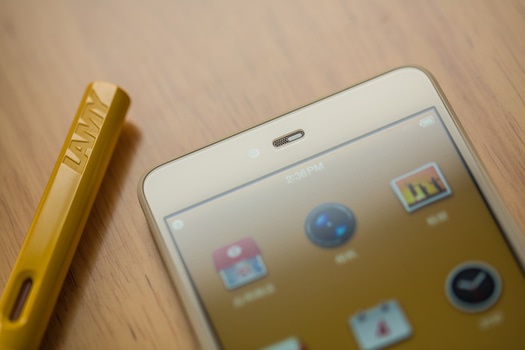Four awesome things you can do with mobogenie
Mobogenie, an Android device manager for Windows, enables us to edit almost each feature of our Smartphone. It helps us search as well as install applications from computers, preview wallpapers and apply them to a home-screen, export and import photos which are stored on a device and much more.
A router device is a necessity for mobo genie to work properly. The device has to be connected to the computer via a USB. Below are four awesome things you can do with Mobogenie:
Manage all aspects of Android devices
 The moment you initiate Mobogenie and connect your device through a USB, this application will automatically recognize it. You will require enabling the USB debugging in the developer selection. The app will download and install all necessary drivers in case the device you are using don’t have them.
The moment you initiate Mobogenie and connect your device through a USB, this application will automatically recognize it. You will require enabling the USB debugging in the developer selection. The app will download and install all necessary drivers in case the device you are using don’t have them.
When you click on my phone tab, you will have access to the management aspects of your device. The app will help you manage your contacts, import, and export the contacts as backup data, read and reply messages, manage all installed applications as well as download new ones.
Helps in complete customization of a device
The fascinating thing with Mobogenie is that it helps you fully customize or adjust your device. You will manage to select and apply the wallpaper or ringtones of your choice as well as install various applications in your device.
You can install third party app. packages
Mobogenie is very useful to those who spend most of their time on their computer because when you get a text through your phone, you can reply it through your computer.
For this to be possible, your phone must be connected to a computer. There are many remote SMS applications and tools available, but none can provide that kind of functionality that Mobogenie does.
You can watch YouTube videos inside the application
Mobogenie utilizes almost 214mbs of random access memory when it is running. Taking into consideration that it runs YouTube natively by playing different videos as well as enabling you to browse the media at the same time, this explains why a significant sum of resources has to be utilized.
 As you can see Mobogenie app has a lot of advantages and it helps us in performing so many fantastic things that we think are simple in our devices. The only secret to this app as we have seen is that you have to connect the device you intend to use through a and secondly you need a rooted device for it to access all features.…
As you can see Mobogenie app has a lot of advantages and it helps us in performing so many fantastic things that we think are simple in our devices. The only secret to this app as we have seen is that you have to connect the device you intend to use through a and secondly you need a rooted device for it to access all features.…



 r containers, although in some cases, other languages have been seen to introduce frameworks that follow the convention. HTML5 is a collection of three languages namely; HTML, CSS and JavaScript. By utilizing this three languages, HTML for the markup, CSS for styling and JavaScript for AJAX Database interaction, Hybrid apps can run on any platform. Let’s look at its advantages.
r containers, although in some cases, other languages have been seen to introduce frameworks that follow the convention. HTML5 is a collection of three languages namely; HTML, CSS and JavaScript. By utilizing this three languages, HTML for the markup, CSS for styling and JavaScript for AJAX Database interaction, Hybrid apps can run on any platform. Let’s look at its advantages.